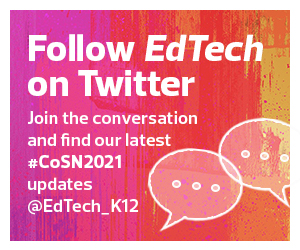Schools Need Infrastructure That Supports Future Online Learning
To provide equal access to and support for learning in all communities, school districts need infrastructure that’s safe, scalable and sustainable, Flood said. He added that this infrastructure is important to develop because distance learning won’t disappear after COVID-19. Many schools plan to offer virtual options, he continued, “because there are a significant portion of their students and their parents who are asking for that option.”
In the future, virtual education will support traditional as well as nontraditional students, Flood said. The right technology and access can provide opportunities for summer learning, supplemental courses and programs offered by nonlocal schools.
EXPLORE: Answers to the most-asked hybrid-learning questions.
The Necessary Components of Education Infrastructure for the Future
Looking through the lens of technology, Flood discussed three elements he considers key components of education infrastructure in the future.
In order for students to learn anywhere, he said, they need to be able to connect anywhere. Those students will need “network connectivity at their homes and in their communities, wherever those students might be,” he said, “whether it’s at an after-school activity, or after-school childcare, or at a job, or at a relative’s house.”
Flood also discussed the software and programs students will require, explaining that while applications are necessary, so are processing power on the network and devices that run those applications. Cloud, he said, is one way students can run and access a variety of programs.
Getting students online, however, is only the first step. Students who are connected to networks and to the cloud need the right security to protect their data, Flood said. A plan to protect the privacy of student data — how it’s being collected and stored, by whom, and for what purposes — needs to be built around common standards, he explained.
EdTech is covering CoSN2021, so keep this page bookmarked for our ongoing coverage. Follow @EdTech_K12 on Twitter for live updates and join the conversation using #CoSN2021.











